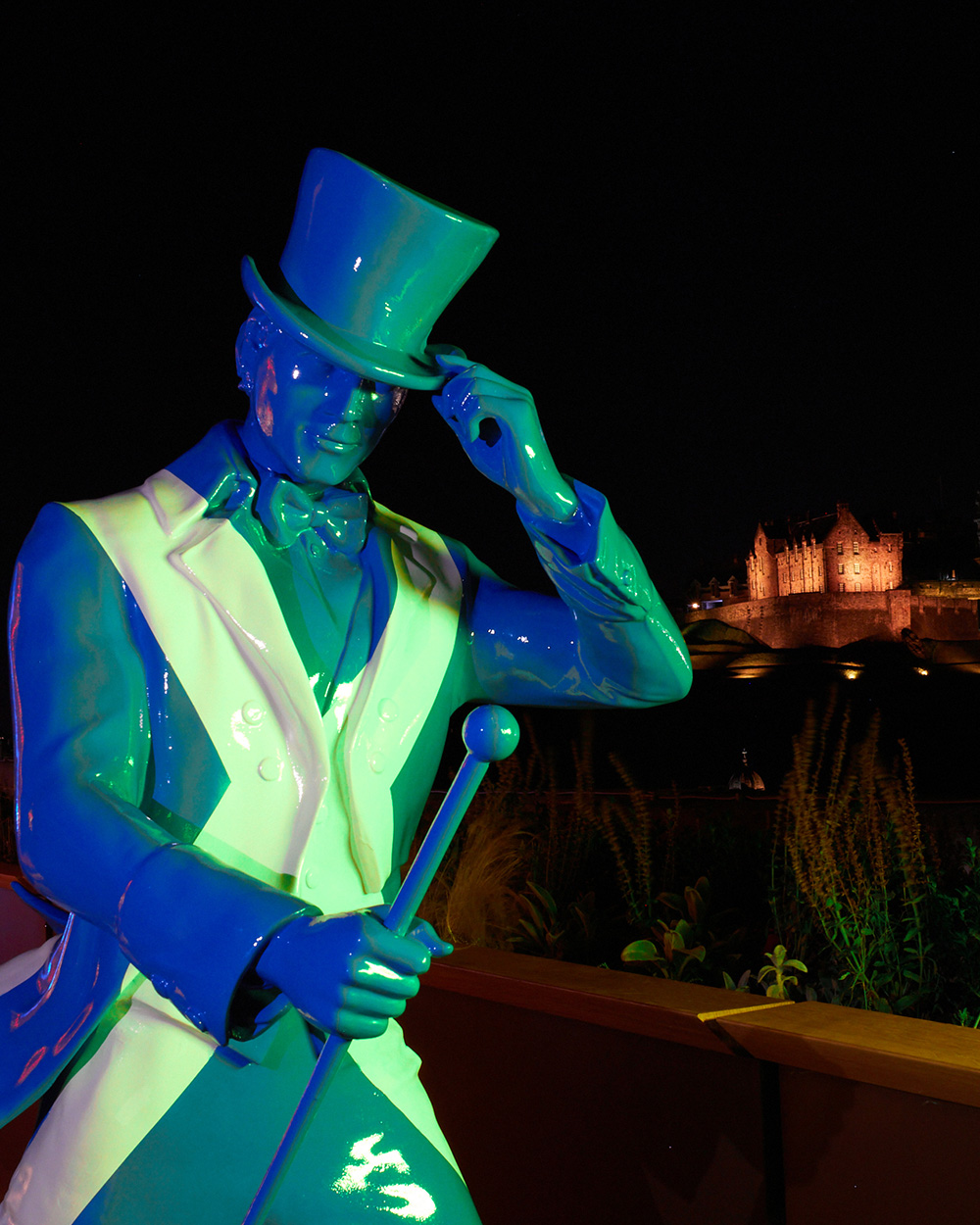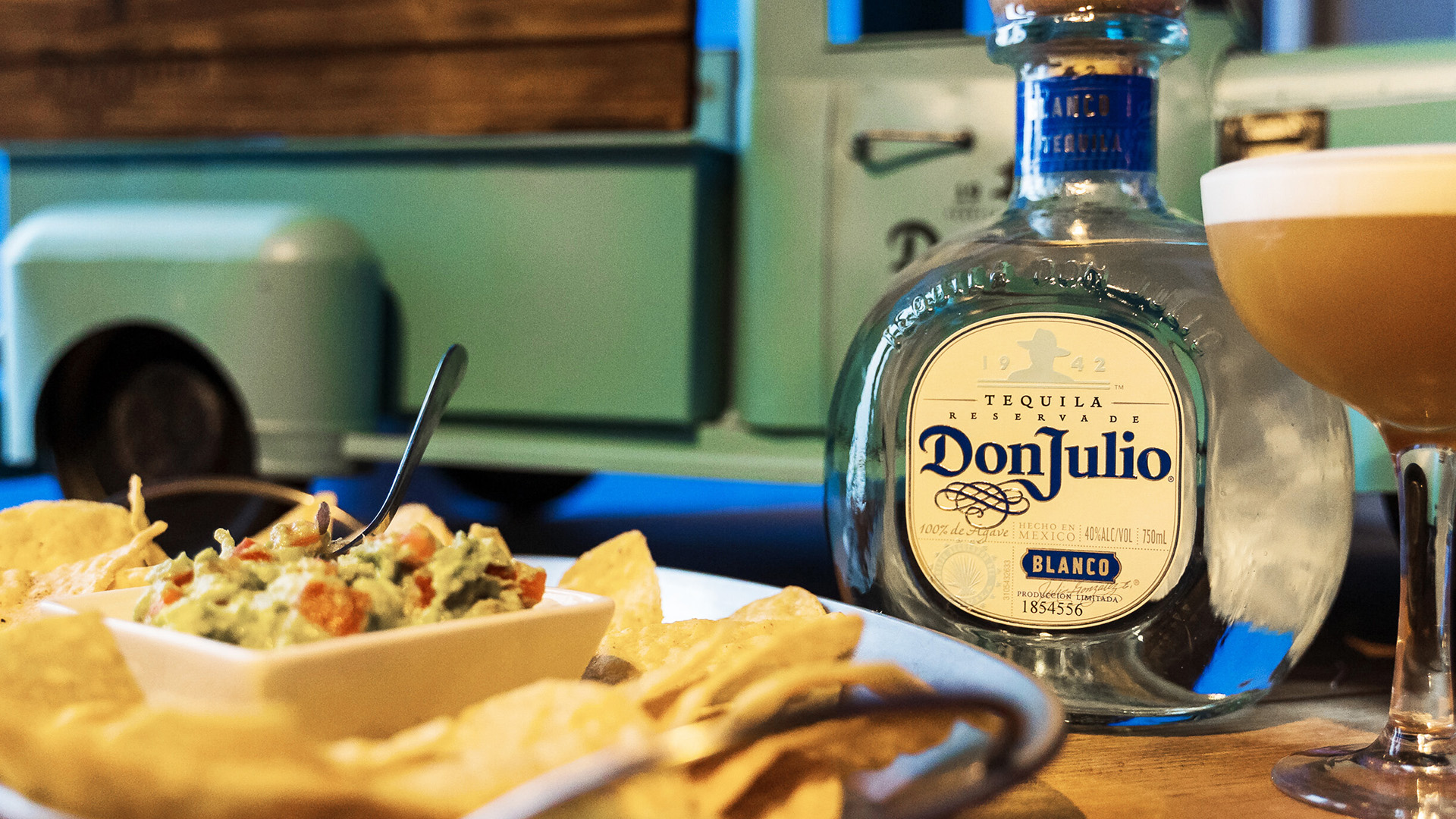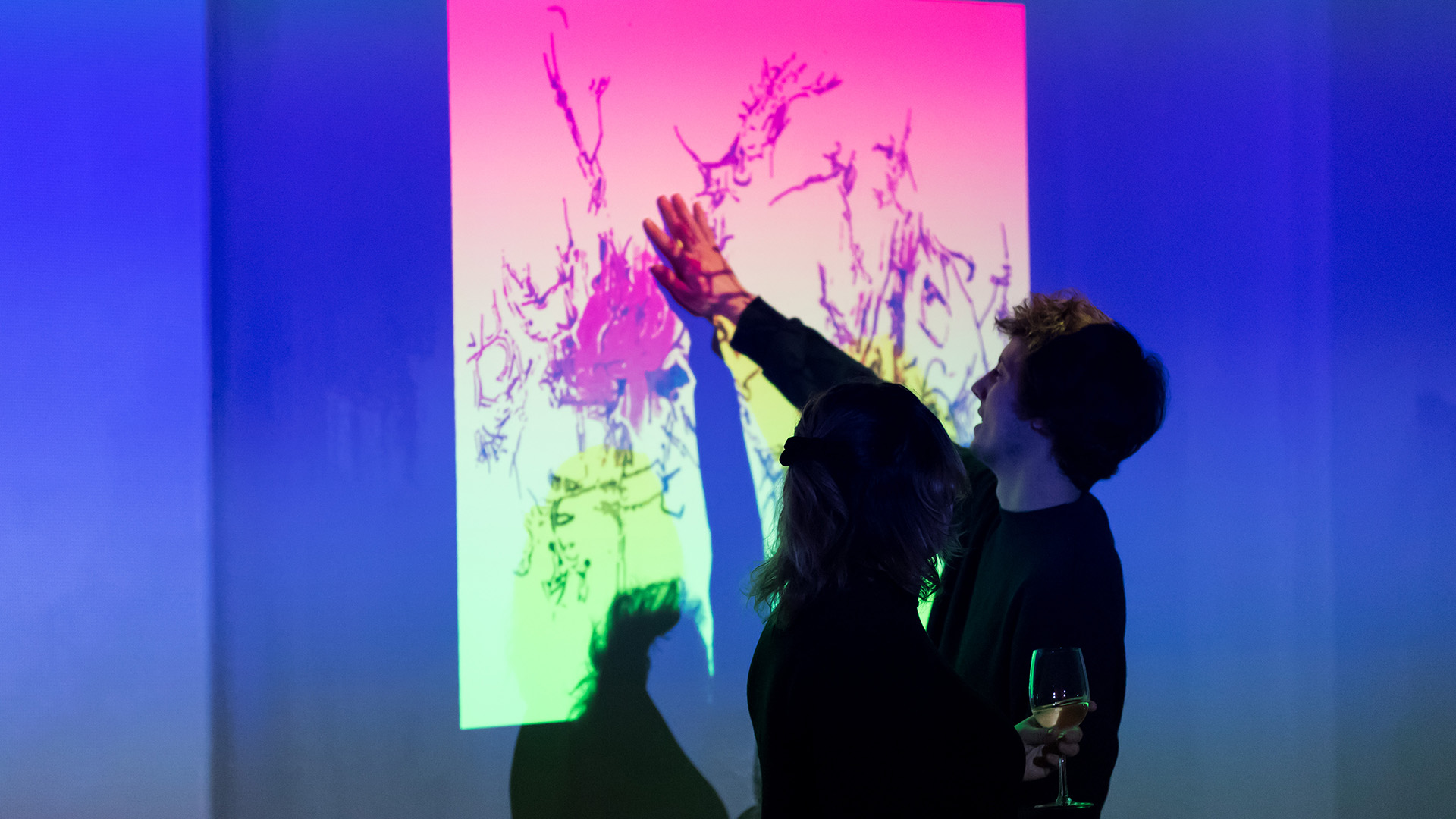
By: Eric Brouillet

In collaboration with: Josh Socket
Immersive Brand Experiences
Immersive experiences are not new by any means. Branded events/experiences are designed to generate buzz and connect brands with their target audience. Immersive experiences are part of the experiential marketing playbook. Events that capture multiple senses and draw you into the world of a brand. Be it the fictional world of your video game, television show, movie, or the world that inspired your consumer brand. Your brand story is meaningful and can be told in a matter that captivates audiences. Now the question becomes, how can one create an experience worth paying for?
Many experiential events are free, set up as pop-ups, or part of a festival. How can one design an experiential, immersive event worth paying for? Now it is important to identify what elements of an immersive experience make the experience worth paying for.
The Importance of Knowing Your Audience.
The primary question is “what differs between paid and unpaid experiences?”. What’s so different to encourage people to pay to come to your branded event? Your audience. Arguably the goal of a free event is to attract interest from a less targeted audience. When creating an event with a cover fee, you target an audience with buying power that already has a connection with the brand. The connection can be close or it can be much more distant, but there is pre-existing awareness and value attributed to the brand. With paid experiences, you’re targets are farther on their journey with your brand.
By adding a cover to the event, it conveys the message that this event you’ve created is worth paying for. It’s worth the money and time investments included. By paying, the event goers expect to receive an experience that exceeds their expectations. Surprising them and delighting them in the process. Being able to exceed your audience’s expectations, you need to know what their expectations are.
Part of understanding your audience’s expectations is knowing your audience. Who are they? What do they want? What do they enjoy? What level of involvement do they have with your brand? How do they use your brand? What elements of an experience would excite them and entice them enough to want to pay? These questions are entirely audience specific and tie into your brand and product line.

Tailoring the Event to Your Brand
The other question when considering a paid experience, is how does your brand fit into the experience? Distilleries have an excellent story to tell. How it’s made, who makes it now, and how it was all started, are excellent elements of a brand story to incorporate into your experience. Throw in some sampling and a tour of the facility, and you can immerse your guests in the story of your brand. In Edinburgh Scotland, Johnnie Walker has an eight-floor transformed landmark building on Prince Street. There’s even a rooftop patio with a view of Edinburgh Castle. Each floor is its own experience.
Much of that experience can be replicated anywhere. Telling the story of how Johnnie Walker evolved and came to be could easily be an experience on a ship, much like when Alexander Walker engaged ship captains in the 1800s and had the Johnnie Walker brand spreading globally. Or in a space converted to look like a distillery. The goal would be to educate consumers, provide them an experience, and give them something tangible they can walk away with.
Not every brand has a distillery, but they do have a culture they align with. Be it a culture that came from the brand’s story or a culture attributed to it by the fans. An immersive event may not be as obvious as a distillery tour but understanding how your brand is seen and used is key for identifying a tailored solution that fits your target audience and your brand.
Not every brand has a universe with leverageable characters and scenery like our favourite TV shows movies, and video games, circling back to your target audience, with the intimate knowledge you have of them, how does your brand fit into their lives? What would entice them to pay to attend a branded experience from your brand?
A brand has two parts, what the marketing team strategizes and brings to life, as well as how the target audience interacts with the brand and perceives the brand. Intended vs Actual Perception. Understanding these key concepts will help you bring your immersive experience to life.
Potential Paid Events
It starts with understanding paid immersive experience and what draws people in to pay for experiences. The best way to understand paid experience is to examine three examples. Three very separate types of immersive experiences that share commonalities but also vary in their execution
1. The Immersive universe
Your TV show, movie, or Video Game universe is dying to be explored. Your unique world and cast of characters are on everyone’s bucket list. This experience is an opportunity to immerse an already engaged audience in your universe’s settings, characters, and stories. When they pay for an experience, they have expectations about the world you’re helping them step into. What they’ll see, who they’ll meet, and where they could be exploring.
In England, you can enjoy a life-sized version of Monopoly by Hasbro. Forget the car, the thimble, the dog, and the shoe, you’re the moving piece. Tickets start at £49 per person and you can attend the experience, pass go, and collect $200. All of it happens on a 15m x 15m board. PS, buying up all the railroads and corner properties is the way to go.
Accuracy and larger-than-life details are key to helping your audience walk away with their own story to tell. Costumes or uniforms. It could also mean lots to interact with and explore. Think a theme park meets a museum.
Imagine walking around the world of Dr. Seuss, exploring 9 stories and meeting the unique cast of characters. That’s definitely worth the price of admission. Exploring a world from your childhood or watching your kids explore the world you’ve been showing them has the capability to make lifelong memories. Any event can be made a premium experience by offering private viewings.
2. The Destination experience
Food and drink brands that are associated with a culture or come from a specific region can create a slice of life experience for their audience. Imagine throwing a dinner, what kind of food and drink would you serve? What kind of music would you play? Would there be dancing.
A group experience is excellent for creating shared memories. Teach them how to eat your food and mix your drinks, and they’ll do it together again. Creating an experience rooted in multiple senses has the ability to create an emotional connection. There are even opportunities to make your experience a destination.
It’s also an opportunity to create tiered group packages. What kind of tastes, smells, sights, and sounds can you provide for your fans to entice them to pay? Does your brand portfolio have a good, better, and best? Playa Patron brings you a taste of Tulum on a beach, they offer three group packages with lots of giveaways. What would your brand’s slice of life look like? What would you give away?
Evening tickets for an event like this one run for around $35 for an evening ticket or $110 for a brunch ticket. This is also an opportunity to provide private group packages. A private dinner on a rooftop patio, a closed bar or restaurant, or even a cottage or property. For a group experience like this, you could provide customized food and drink menus and charge a premium for the service. Upwards of $100 – $200 per person and groups of up to 10 for smaller events.
This scary house in Windsor, Ontario offers tables of 2, 4, 6, 8, 10, 12, and 16 for different themed scary dinners. Your event may not have to be scary, but take note of how each set has its own unique themed décor. Instead of offering scary, you could offer an educational event on your brand, teaching an enthused audience how to mix your drinks or how to pair your drinks with a meal. What does your ideal venue look like? The venue and what you provide in food and drink are differentiators in what you can charge. They also need to be brand relevant. Remember, it’s all part of the experience.

3. The Pop-Up Museum Experience
If you had a room or even an entire building to tell your brand story in, how would you use as many senses as possible to engage your audience? What could you give them that they could take away with them? It doesn’t have to be physical; it can be a memory or a series of pictures. What imagery, sounds, smells, textures, or tastes could you incorporate to immerse your audience in your experience.
Think about how your brand is used and what you know about your target audience, what would excite them? What would draw them in? What would delight them? And would you do it alone? What provide in your experience directly relates to what your audience would be willing to pay.
Is your brand enough to draw in a crowd? Or would you partner with other brands to provide an even bigger experience? 29 Rooms sees 29 artists collaborate to put on a 29-room exhibit that’s open to being explored and is a feast for multiple senses. Alternatively, the Van Gough Experience is dedicated to one artist. By filling a room with Van Gough’s art, lights, and period-specific music, simplicity can create an equally immersive experience. There’s also a Bob Marley immersive experience as well as one on Frida Kahlo. Tickets for events like these can range from $30-$90. In 2021, The official Van Gough exhibit sold 3.2 million tickets in Washington, D.C. There have also been similar exhibits in Toronto, New York, Boston, San Francisco, and Houston among others. People are looking to be immersed in an experience and they are happy to pay.

Immersive Experiences as an Opportunity
An immersive experience is more than simply an event or a series of exhibits. They’re also opportunities to partner with vendors for merchandise, food, drinks, and adult beverages. A paid immersive experience grows the connection between your brand and your audience. Providing opportunities to take your event home with them, even just a little piece, is excellent for adding value and making memories.
How Your Event Can be Executed with Vibrance
We can assist or take the lead with strategy, creative, execution, and operations. Partnerships, sampling, merchandise, and brand ambassadors are our bread and butter. Memorable, innovative, immersive experiences that connect your brand with your target audience to strengthen a relationship.
We can work with you to identify opportunities, brand fit, your target audience, and what value means to them.
If you are looking to create an immersive experience that draws in and engages your target audience, make sure you do it Vibrantly. Contact us for more information on how we can engage and immerse your audience in your world.